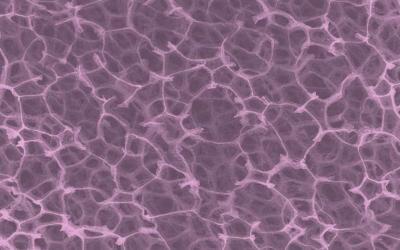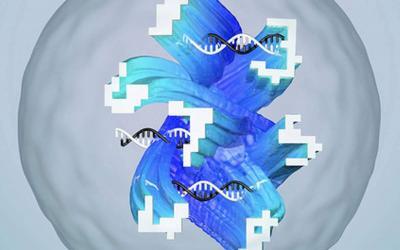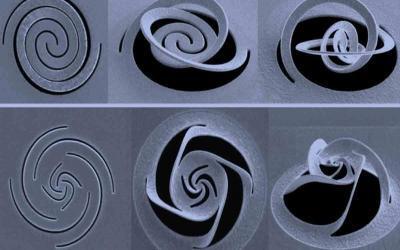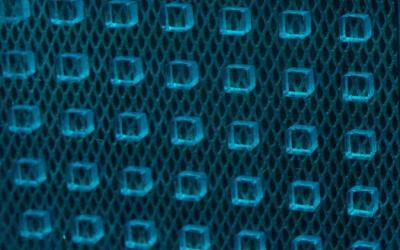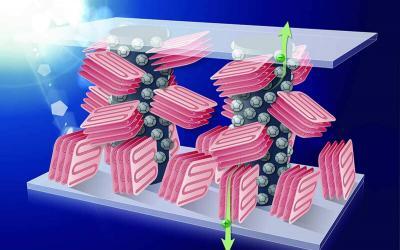It is a milestone on the path to the chip factory of the future: at the new Bosch semiconductor fab in Dresden, silicon wafers are passing through the fully automated fabrication process for the first time. This is a key step toward the start of production operations, which is scheduled for late 2021. Manufacturing of automotive microchips will be a primary focus when the fully digital and highly connected semiconductor plant is up and running. “Chips for tomorrow’s mobility solutions and greater safety on our roads will soon be produced in Dresden. We plan to open our chip factory of the future before the year is out,” says Harald Kroeger, member of the board of management of Robert Bosch GmbH. The company already operates a semiconductor fab in Reutlingen near Stuttgart. The new wafer fab in Dresden is Bosch’s response to the surging number of areas of application for semiconductors, as well as a renewed demonstration of its commitment to Germany as a high-tech location. Bosch is investing around one billion euros in the high-tech manufacturing facility, which will be one of the most advanced wafer fabs in the world. Funding for the new building is being provided by the federal German government, and more specifically the Federal Ministry for Economic Affairs and Energy. Bosch plans to officially open its wafer fab in June 2021.
Nanotechnology Clean Room Industry Articles
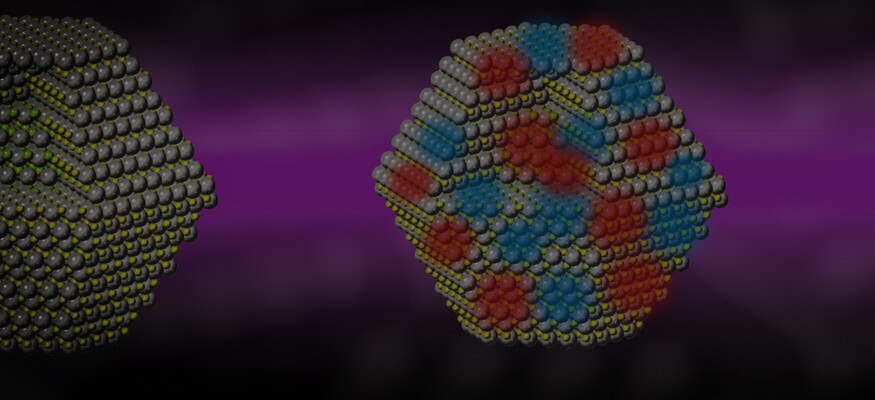
Scientists uncover a process that stands in the way of making quantum dots brighter
Bright semiconductor nanocrystals known as quantum dots give QLED TV screens their vibrant colors. But attempts to increase the intensity of that light generate heat instead, reducing the dots’ light-producing efficiency.

Nanotech Powered Mass Testing Now the Key to Unlocking COVID-19 Lockdowns
The World Nano Foundation and pandemic experts say regular use of inexpensive lateral flow rapid antigen mass testing kits is the way to beat COVID-19, its variants and future viruses.
Osteoarthritis Pain Eased by Graphene Foam Suggested by Research
Boise State researchers believe graphene foam-enhanced cartilage could one day be used to treat the joint pain caused by osteoarthritis as well as prevent the need for joint replacement. Osteoarthritis is incurable and affects half the U.S. population over the age of 65.
Neural Network Recognizes Molecular Handwriting
Researchers at Caltech have developed an artificial neural network made out of DNA that can solve a classic machine learning problem: correctly identifying handwritten numbers. The work is a significant step in demonstrating the capacity to program artificial intelligence into synthetic biomolecular circuits.
Nanoscale Kirigami Technique Could Enable Microchip-Based 3-D Optical Devices
Nanoscale Kirigami has taken off as a field of research in the last few years; the approach is based on the ancient arts of origami (making 3-D shapes by folding paper) and kirigami (which allows cutting as well as folding) but applied to flat materials at the nanoscale, measured in billionths of a meter.
Indium Oxide Nanocrystals Comprise New UV Narrow-Band Photodetector
Semiconductor quantum dots (nanocrystals just a few nanometers in size) have attracted researchers’ attention due to the size dependent effects that determine their novel electrical and optical properties. By changing the size of such objects, it is possible to adjust the wavelength of the emission they absorb, thus implementing selective photodetectors, including those for UV radiation.
Antimicrobial Peptide Production Induced by Nanofiber-Based Wound Dressings
Nanofiber-based wound dressings loaded with vitamin D spur the production of an antimicrobial peptide, a key step forward in the battle against surgical site infections, or SSIs. The findings by Oregon State University researchers and other collaborators, published Wednesday in Nanomedicine, are important because SSIs are the most common healthcare-associated infection and result in widespread human suffering and economic loss.
Porous Materials Shed Light on Environmental Purification
porous materials such as zeolites and metal-organic frameworks have drawn the attention of the scientific community due to the wide range of applications derived from their porosity. Recently, a new class of all organic materials has emerged – the hydrogen-bonded organic frameworks (HOFs).
Inert Polymer Added to Plastic Solar Cells Enables High Efficiency & Easy Production
Polymer plastic solar cells remain an industry priority because of their light weight, flexibility and cost-effectiveness. Now scientists from Stony Brook University and the U.S. Department of Energy’s (DOE) Brookhaven National Laboratory (BNL) have demonstrated that these types of solar cells can be more efficient and have more stability based on new research findings.
Biosensor Chips based on Copper and Graphene Oxide
Russian researchers from the Moscow Institute of Physics and Technology have developed biosensor chips of unprecedented sensitivity, which are based on copper instead of the conventionally used gold. Besides making the device somewhat cheaper, this innovation will facilitate the manufacturing process.
Quantum Computing One Step Closer
An international team has developed a ground-breaking single-electron “pump”. The electron pump device developed by the researchers can produce one billion electrons per second and uses quantum mechanics to control them one-by-one. And it’s so precise they have been able to use this device to measure the limitations of current electronics equipment.
